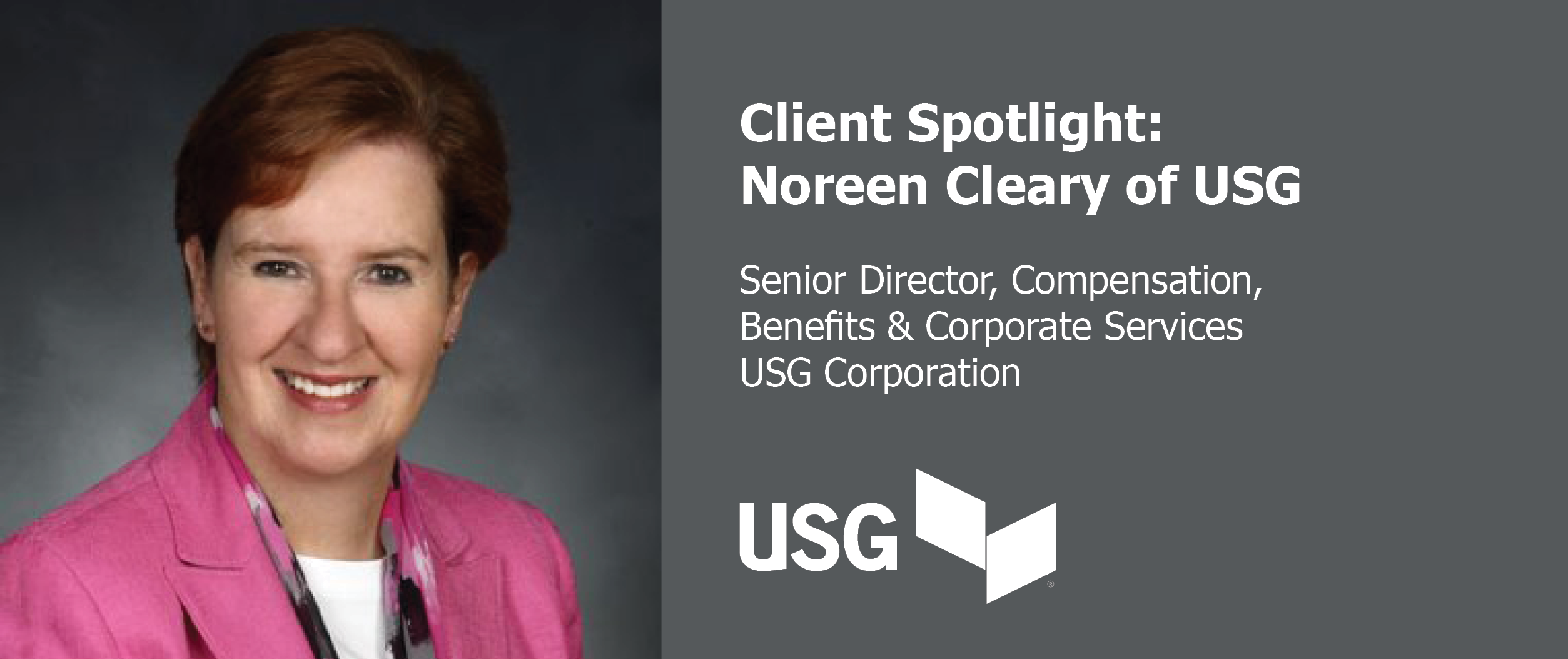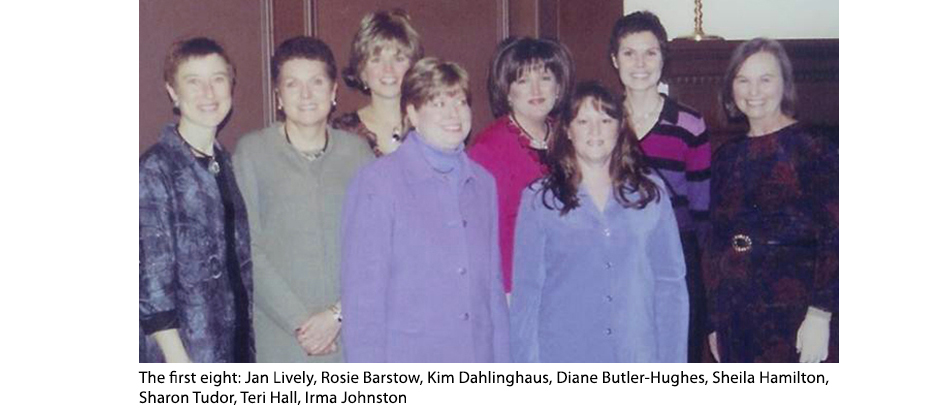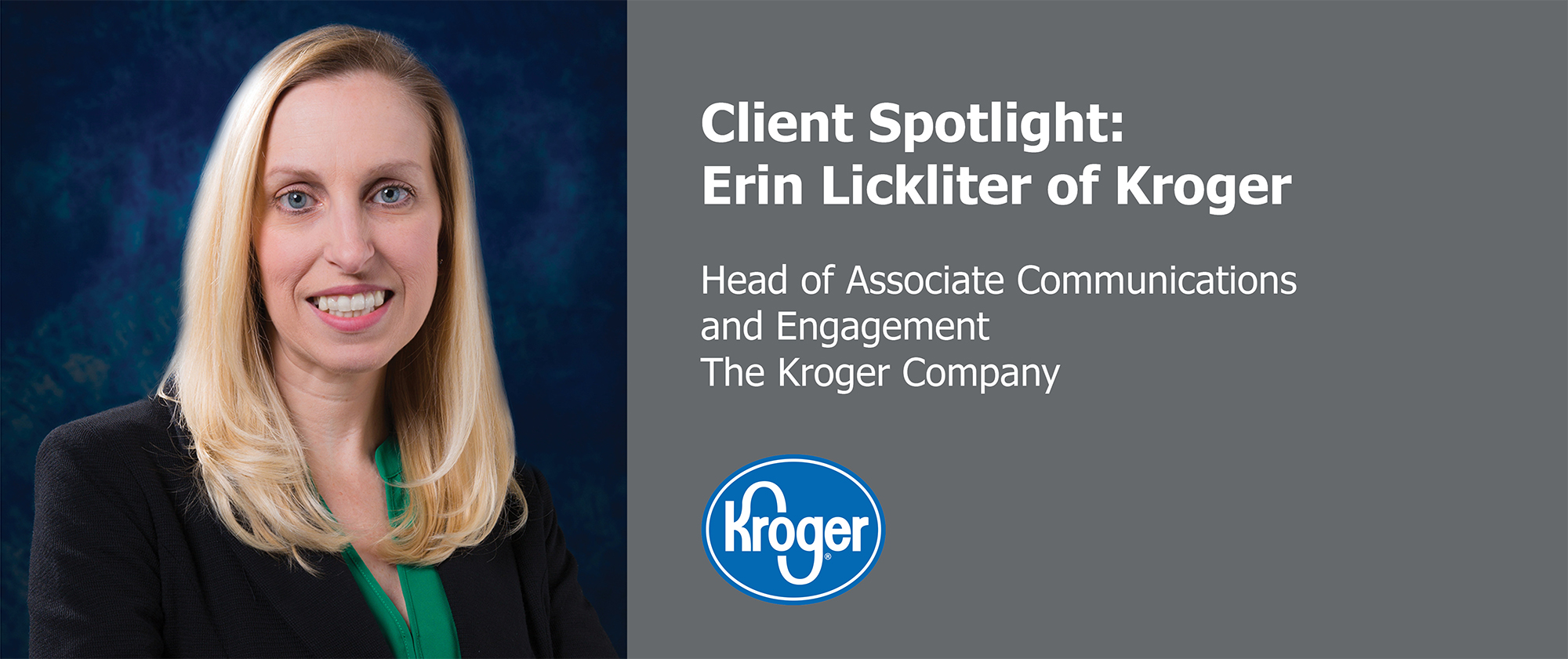We first encountered Noreen in the 90’s, when she became one of Write On Target’s first clients. We sat down with her to reflect on her successful 30-year career in benefits, and what she’s learned along the way.
WOT: Tell us a bit about your career path. What attracted you to HR in the first place?
NC: I ended up here by accident. I’m a medical technologist or a clinical chemist by training and worked in a hospital lab after college until fate intervened. My roommate was taking the GREs and she was nervous to go alone, so at the last minute I registered to take the test with her. I ended up with a full ride at U Mass for a Master’s in Public Health, and of course, I HAD to go. While I was trying to figure out what I was going to do next, my dad read in his company’s employee newsletter that they were hiring a health care analyst role. I applied and got the job.
HR back then was emerging from being the “personnel department”. I ended up doing labor relations and negotiating union benefits, which I think I was good at because all the men in my family were union members and I could approach it from their point of view. From there I created the company’s first HR service center and ended up in the benefits department.
WOT: What, in your view, is the role of HR within an organization?
NC: Many organizations position HR as either a parent, a babysitter or, in the worst case, a cop. I don’t want to wear a badge or be an enforcer of company edicts. I want to be a strategic partner, helping the business solve problems and design things from the employees’ perspective.
WOT: Do you have a communications philosophy?
NC: Design from the perspective of the end user. Too often, HR and benefits communications are designed from the perspective of “What’s the most efficient way for us to get this information out?” The “end user” they have in mind ends up actually being a file drawer, and the result is something nonsensical and clunky for the employee to decode.
My approach has been more employee-centric, starting with “Who is the end user? What do we need them to do with this information? What will make this easiest for them? How can we explain it and distribute it for their use?”
WOT: What advice would you give to someone for communicating successfully in a manufacturing environment? For you, what tactics have worked best?
NC: First, email is not communication. Don’t assume that if you’ve sent it in an email, you’ve communicated to every employee, just because it’s what was easiest to do. If email is the only tactic you’re relying on to reach them, you’ll be dead in the water.
Second, we need to remember that we aren’t just HR communicators — we are marketers, and employees have to buy what we’re selling. That means we need to think like marketers and use the same techniques they use. Send interesting, colorful, easy-to-read materials. Use key messages and common language, not jargon or a lot of fluff. Distribute it in regular, bite-size pieces — like commercials. And like commercials, we use multiple media, from company intranet to postcards mailed home.
WOT: You’ve weathered many changes over your 30-year career, from technologies to trends. What do you see as the “next big thing” in terms of shaping the world of benefits communications?
NC: Mobile and apps. We aren’t fully there yet, but having an app to push benefits content to every employee’s phone is the next generation of employee communication. As mobiles replace home phones and computers, organizations will need to either give every employee a company-paid phone or require a personal mobile phone number as a term of employment — just as we would require a home phone number or mailing address to reach them back in the day. It’s simply part of communicating effectively in the modern world.
WOT: You wear a lot of hats and manage multiple teams with USG. Of all the services HR delivers to the organization, what would you say is the most important?
NC: First, to give managers the tools to truly develop their people and assist them in being successful in their roles. So many managers feel they are too busy to really manage people well. HR should be championing the most efficient systems, processes and communications methods to help managers streamline administrative tasks like performance management, so they can focus on developing their employees rather than just getting through a big checklist.
Second, the goal should be to present the company’s total rewards to employees in a way that enables them to understand, appreciate and take advantage of the full scope of their benefits — not just their financial and health care rewards, but also their training, development and advancement opportunities.
WOT: We’ve seen a trend of HR and communications merging into one department. How does the organizational structure impact how you communicate to employees at USG?
NC: HR and communications are separate teams reporting up to the same corporate officer, but we work in close partnership. HR is one of the largest communicators internally, and our communications are highly specialized with potential legal ramifications. We bring in outside services like Write On Target for specialized communications around compensation benefits, and we do it in full partnership with our corporate communications group.
WOT: What do you see as the value of outsourcing your benefits communications versus handling it all in-house?
NC: I don’t view it as outsourcing. I view it as, “I have an external partner.” A partner understands your organization so well that they can work seamlessly, and you don’t have to spoon-feed them. A team like Write On Target takes the time to understand my organization and culture so that we can work together very efficiently.
It’s also about recognizing that I wouldn’t ask the professionals who design my pension plan to write the employee communication about it. They aren’t trained as benefits writers and they’ll most likely produce a technical manual that employees will have difficulty understanding. A benefits communications expert will do it more efficiently, usually three times faster than we can do it in-house.
WOT: You’ve said that your favorite aspect of your job is developing people. What advice do you give others on your team when it comes to performance management and career growth?
NC: The worst thing in the world is to be in a job for which you’re not suited. If you have an employee in a role that just isn’t the right fit for them, and you’ve done everything you can do to help them but it’s blatantly clear they won’t be successful in your organization, the most productive thing you can do for them is to tell them it’s not going to work out. Help them move on, rather than go on pretending it’s not a problem.
WOT: On the flip side of that coin, what is the best career advice you’ve ever received?
NC: I’ve been lucky in my career to work for some really great leaders who have also been my mentors, and again and again I’ve received the same advice: Take care of your family first, and the rest will follow.
WOT: That’s a powerful message, particularly because the work you do really boils down to helping USG’s employees take care of themselves and their families.
Thank you, Noreen!


